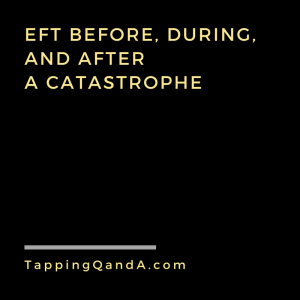 EFT and tapping are powerful tools in the face of strong emotions in the moment. It is amazing how quickly we can feel better just by tapping without words as we are experiencing difficult or overwhelming feelings.
EFT and tapping are powerful tools in the face of strong emotions in the moment. It is amazing how quickly we can feel better just by tapping without words as we are experiencing difficult or overwhelming feelings.
Some events are so big, however, that they bring emotions that need be dealt with both before and afterwards and for these a more strategic plan is needed.
Recently, Gwenn Bonnell and her family lived through a major hurricane. Knowing that the hurricane was coming meant they had to deal with the anxiety of the unknown ahead of time. They then lived through it and also had to deal with the aftermath.
In this conversation Gwen talks about how she tapped before, during, and after the hurricane. The tools she shares can be used for anything that uproots your life either directly (like a natural disaster) or indirectly (a mass shooting in another part of the world).
[28m30s]

Contact Gwenn: web @ TapIntoHeaven.com; web @ TapAwayPain.com; email @ gwenn@tapintoheaven.com; phone @ 954 370 1552
About Gwenn: Gwenn is a writer, teacher and lecturer. She offers private sessions and training and workshops at Heaven On Earth in Davie, Florida. A graduate of the College of Health and Human Development, Penn State University, she is a member of ACEP, the Association for Comprehensive Energy Psychology, and has trained personally with Gary Craig (developer of EFT, Emotional Freedom Techniques), Dr. Larry Nims (BSFF, Be Set Free Fast), Tapas Fleming (TAT, Tapas Acupressure Techniques), Donna Eden and David Feinstein (Energy Medicine), Sandi Radomski (Allergy Antidotes), Alan Handelsman (Muscle Testing), Paul Burdelski (Touch for Health), and Piilani (Huna Kane).
 Back in April
Back in April 
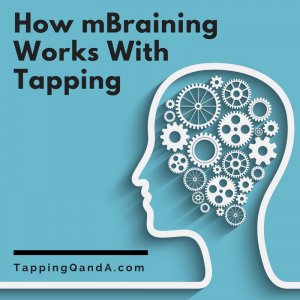 It is a little known fact that there are approximately 40,000 neurons in the human heart and around 500 million in our stomachs. Together these neurons are sometimes referred to as “little brains”. The heart and stomach are connected to each other and to our brains via the vagus nerve. 80% of the information traveling on this path goes from the stomach and heart to the brain.
It is a little known fact that there are approximately 40,000 neurons in the human heart and around 500 million in our stomachs. Together these neurons are sometimes referred to as “little brains”. The heart and stomach are connected to each other and to our brains via the vagus nerve. 80% of the information traveling on this path goes from the stomach and heart to the brain.


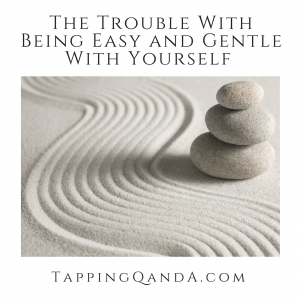 One of the phrases that my clients find hardest to use in their tapping is, “I give myself permission to be easy and gentle with myself”.
One of the phrases that my clients find hardest to use in their tapping is, “I give myself permission to be easy and gentle with myself”.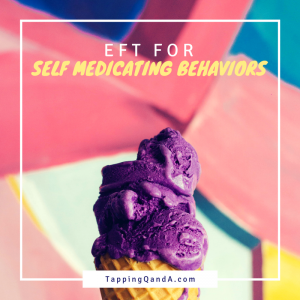


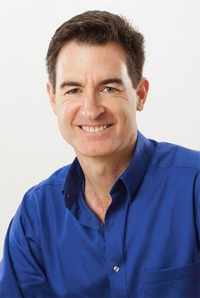


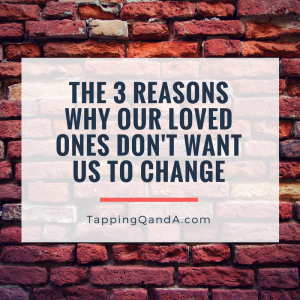
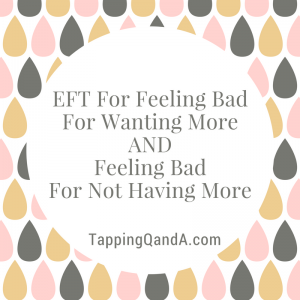
 Tapping for negative past experiences is often the easiest kind of tapping because we know the details of the past experience. While tapping we have the opportunity to state exactly what happened, how we interpret those events, how we felt about them back then, and how we feel now.
Tapping for negative past experiences is often the easiest kind of tapping because we know the details of the past experience. While tapping we have the opportunity to state exactly what happened, how we interpret those events, how we felt about them back then, and how we feel now.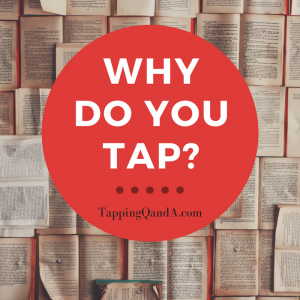 Why do you tap?
Why do you tap?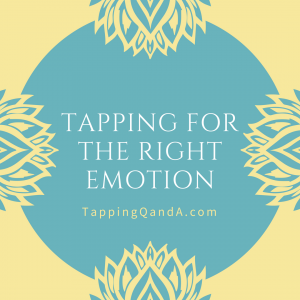 One of the first techniques that any good tapper learns is the “movie technique”.
One of the first techniques that any good tapper learns is the “movie technique”. At the end of month I will be in the UK on vacation and I would love to see you!
At the end of month I will be in the UK on vacation and I would love to see you!
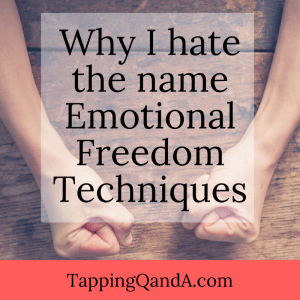 I have a confession to make. I hate Emotional Freedom Techniques.
I have a confession to make. I hate Emotional Freedom Techniques.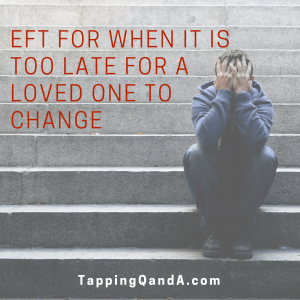 It would be great if we could find a solution for every problem.
It would be great if we could find a solution for every problem.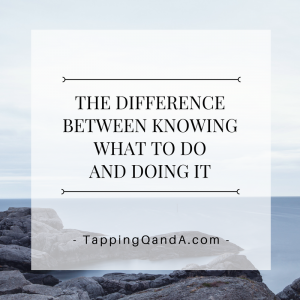 There is a huge difference between knowing what to do and actually doing it. Just because tapping is a powerful tool doesn't mean that you will always remember to reach for it in times of emotional distress.
There is a huge difference between knowing what to do and actually doing it. Just because tapping is a powerful tool doesn't mean that you will always remember to reach for it in times of emotional distress.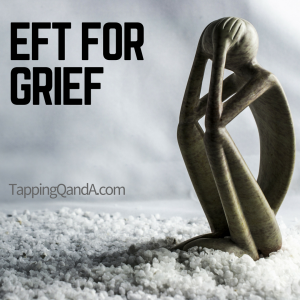 Unfortunately, death is an unfortunate fact of life. Even with the passing of a loved one is expected it is an emotionally difficult experience.
Unfortunately, death is an unfortunate fact of life. Even with the passing of a loved one is expected it is an emotionally difficult experience.